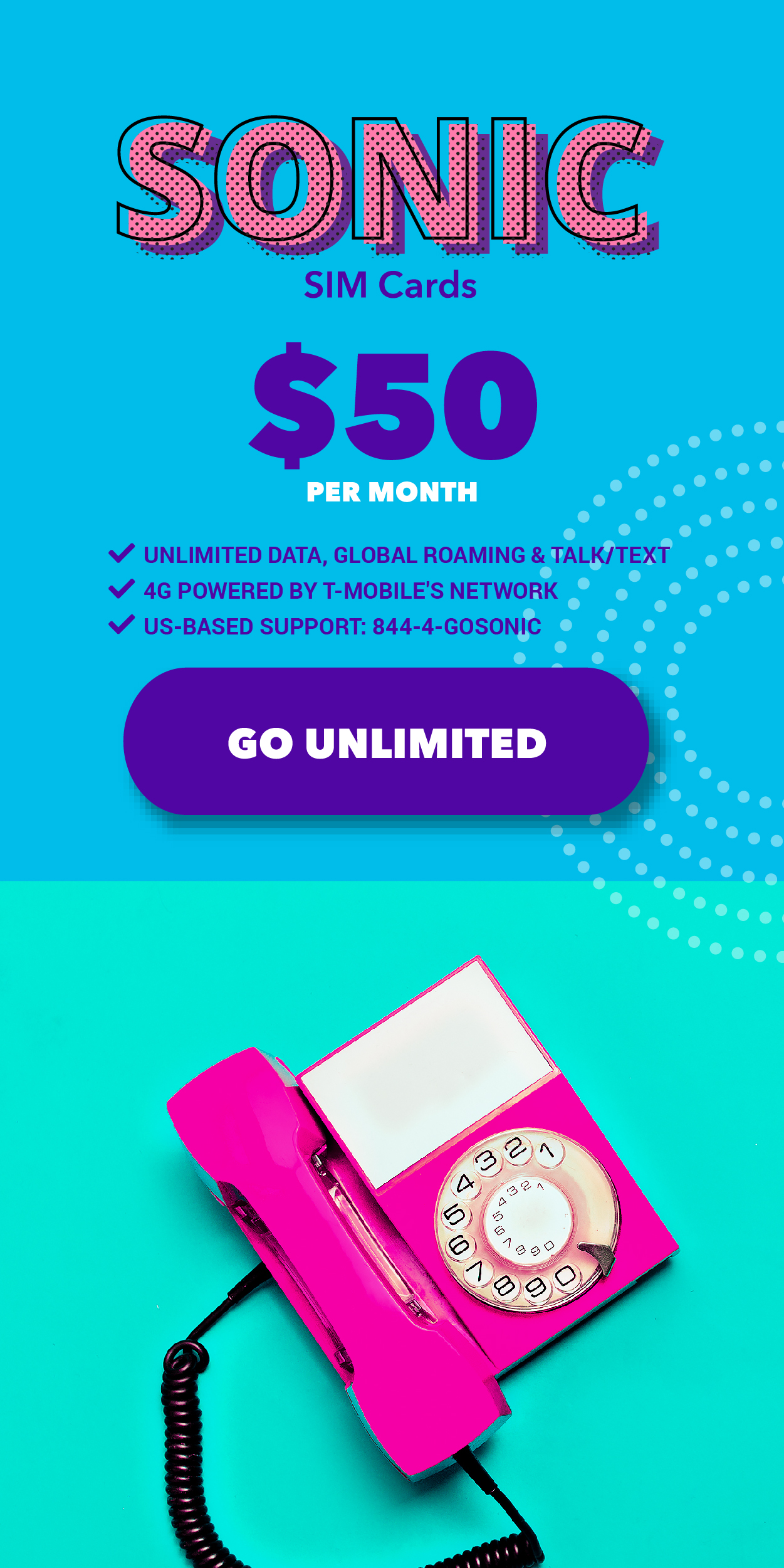Wherever you’re located, the likelihood of having a choice among
several cellular service providers for your wireless needs is
high. Major cities usually have a choice between 3-5 major
service providers and another 2-4 mini cellular players. The
seemingly endless combinations of service providers makes way
for some confusing yet interesting options for consumers. This
brief article will help new cell phone consumers, and some old,
learn the basic ins and outs of cell phone service providers.
First a clarifications on network terms you’ll encounter.
CDMA: Short for Code-Division Multiple Access, this is a digital
cellular technology that uses spread-spectrum techniques. Unlike
competing systems that use TDMA, such as GSM, CDMA does not
assign a specific frequency to each user. Instead, every channel
uses the full available spectrum. The frequency of the
transmitted signal is then made to vary according to a defined
pattern, so it can be intercepted only by a receiver whose
frequency response is programmed with the same code, so it
follows exactly along with the transmitter frequency. Major CDMA
players are in North America are Telus Mobility, Verizon
Wireless, Sprint Nextel, and Bell Mobility.
GSM: GSM is currently the world’s largest cellular network. GSM
stand for Global System for Mobile Communications. GSM uses
narrowband TDMA, which allows eight simultaneous calls on the
same radio frequency. Considered the most advanced digital
cellular technology, GSM networks are leaders in many typically
“digital” services including Short Message Service (SMS), over
the air (OTA) configuration and GSM positioning. Many new GSM
phones are called “global phones” because they can be used in
virtually any country. They also have SIM cards (“Subscriber
Identification Module”) that enable unique identification of
each user and easy transportation of your data between phones.
GSM 900 (transmitting on the 900 MHz frequency band) is Europe’s
main digital network. It’s also used in the Asia-Pacific region.
GSM 1800 is also used in Europe and Asia, but has not been as
widely adopted as GSM 900. GSM 1900 is the system used mainly in
the Americas and Canada. Top North American providers are
Cingular Wireless, T-Mobile, Rogers Wireless and Fido.
So the question is now which network do I choose? GSM appears to
provide a greater range for those who travel, yet CDMA
supposedly has clearer reception. Theoretically having the
entire spectrum available for your use should mean greater call
clarity, however, this is not always the case. Many CDMA
subscribers will attest that their GSM counterparts have better
reception in some hard to reach areas.
Consumers should also be mindful of the types of phones
available on each network. Manufacturers try to produce phones
for each, nonetheless, LG typically produces cell phones for the
CDMA network, and Nokia on the GSM, (although Nokia has a huge
CDMA portfolio as well.) Take some time and browse the phones
and their options — you have a huge selection so start now.
Wireless functions such as SMS, or roaming may dictate which
carrier you choose. But again, you have plenty of options to
choose from, and if you’ve never had a cell phone before, take
some time to learn about the hundreds of options you have, both
in a phone and with particular plans/carriers. Don’t just
compare phones either. Providers nowadays have comparable
phones, therefore, the selling feature may be plans and attached
options. Price, when evenings begin, add-on costs such as txt
messaging, data-transfer, should all be compared and analyzed
before purchase. Be sure to take advantage of monthly deals from
providers, usually you can get a solid cell phone for FREE!
Generally you need to sign up for a contract that lasts 2-3
years, however, if you’re planning on staying with the firm and
are confident with your choice, the contract isn’t such a bad
idea. Switching providers is also an option with existing
customers. Let me explain. Switching carriers is no longer a
tedious event. Already present in the US and soon to be
implemented in Canada, cell phone number portability will enable
customers to switch service providers to take advantage of ‘new
activation’ discounts with the new carrier all while keeping
your old phone number. This feature can only benefit the
consumer. Service providers will likely lower their fees and
increase their perks in attempt to prevent a mass exodus from
their customer base.
Some other phone options include prepaid options, where you can
prepay for a pre-determined amount of minutes, no contract. You
can also invest in unlocked cell phones, where you do not have
the contract obligations and you own the phone. It works like
this: you purchase the phone, usually from an independent
dealer, then you activate the phone with a compatible service
provider on a monthly plan. This is a pricey option, typically
high end phones fall under this category, those that aren’t
offered by the carrier but will operate on their network.
So as you can tell there are plenty of phone and carrier options
for customers vying to get the best deal. The biggest thing is
likely patience. Be patient when it comes to purchasing, better
deals likely lie somewhere else. Also, figure out what your
needs are. Do you travel? Want to be tied into a contract? Once
you know what you want, compare between providers. Do the same
type of comparison with phone featuress as well. You’ll be
surprised how a little research on phone and service provider
quality can save you a load of headaches in the future
Owner and operator of DiscussWireless, an
online cell phone forum that includes consumer discussion on a
wealth of topics including service issues, manufacturing news,
tech releases, and fraud forums.
↓ Can we unlock your phone? Start here! ↓



